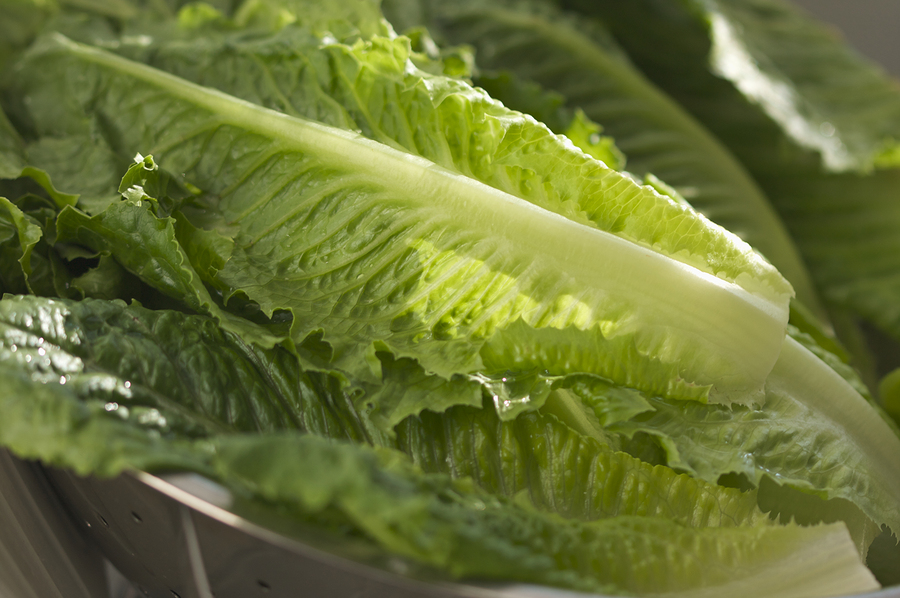I’m sorry to share this info so late. Please make sure to spread the word.
RELATED STORY:
In the last seven weeks, 59 people in the U.S. and Canada have become ill from a dangerous strain of E. coli bacteria and the likely culprit is romaine lettuce. In the U.S., infections have happened in California, Connecticut, Illinois, Indiana, Michigan, Nebraska, New Hampshire, New York, Ohio, Pennsylvania, Virginia, Vermont, and Washington state, with five people being hospitalized and one death. There has also been one death in Canada.
“Canadian health authorities identified romaine lettuce as the source of the outbreak in Canada, and are advising people in the country’s eastern provinces to consider eating other types of salad greens until further notice. Some Canadian stores have pulled romaine off of their store shelves.” 1
The CDC has now confirmed that the strain of E. coli detected in the U.S. is “a virtual genetic match” to the one that’s caused illnesses in Canada.2
How contamination happens
If animal feces are in the field or in irrigation or the washing water, vegetables can become contaminated. The bacteria can also be transmitted if a person who processes or prepares food is carrying the bacteria and doesn’t wash their hands after using the bathroom. However, while washing vegetables is a good idea, it won’t necessarily get rid of E. coli because it can “cling to nooks and crannies in the leaves.”3
RELATED STORY:
Regardless of this finding, investigators in the U.S. are still not totally sure that romaine lettuce is the cause of the E. coli outbreak in the U.S. They are also looking at other leafy greens. They hope to finish their investigation within the next two weeks. And so, at this point, U.S. government health officials haven’t recommended people avoid romaine lettuce or any other food. However, Consumer Reports’ food safety experts are advising people to stop eating romaine lettuce until the cause of the outbreak is identified.
What you need to know
James Rogers, Ph.D., and director of Food Safety and Research at Consumer Reports says that because neither the CDC or Canadian health officials have provided info on where the romaine lettuce was grown or processed, that we should assume that any romaine lettuce, even when sold in bags and packages, could possibly be contaminated.
Also, in case you aren’t aware, E. coli infection symptoms are severe stomach cramps, diarrhea (often bloody), and vomiting. Some people might even have a slight fever. These symptoms normally begin 1 to 3 days after eating a contaminated food but could occur as late as 10 days later. See a doctor if you have “a high fever, bloody diarrhea, or severe vomiting, or if diarrhea lasts longer than 3 days.”4
RELATED STORY:
Now that you have this info, you can make the best decision for you and your family.












